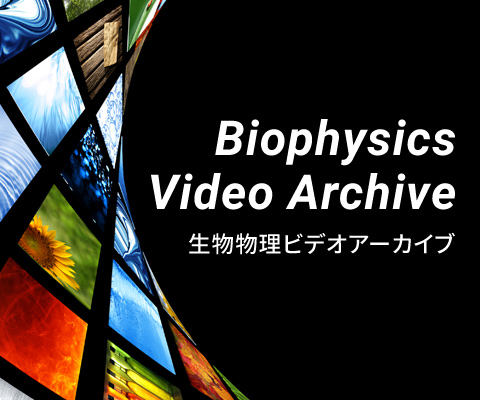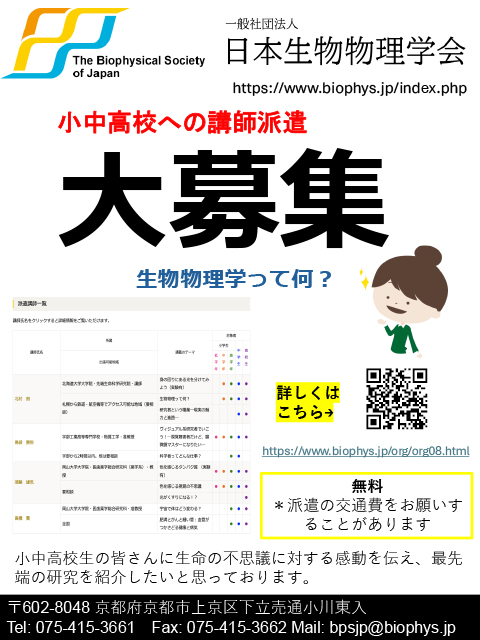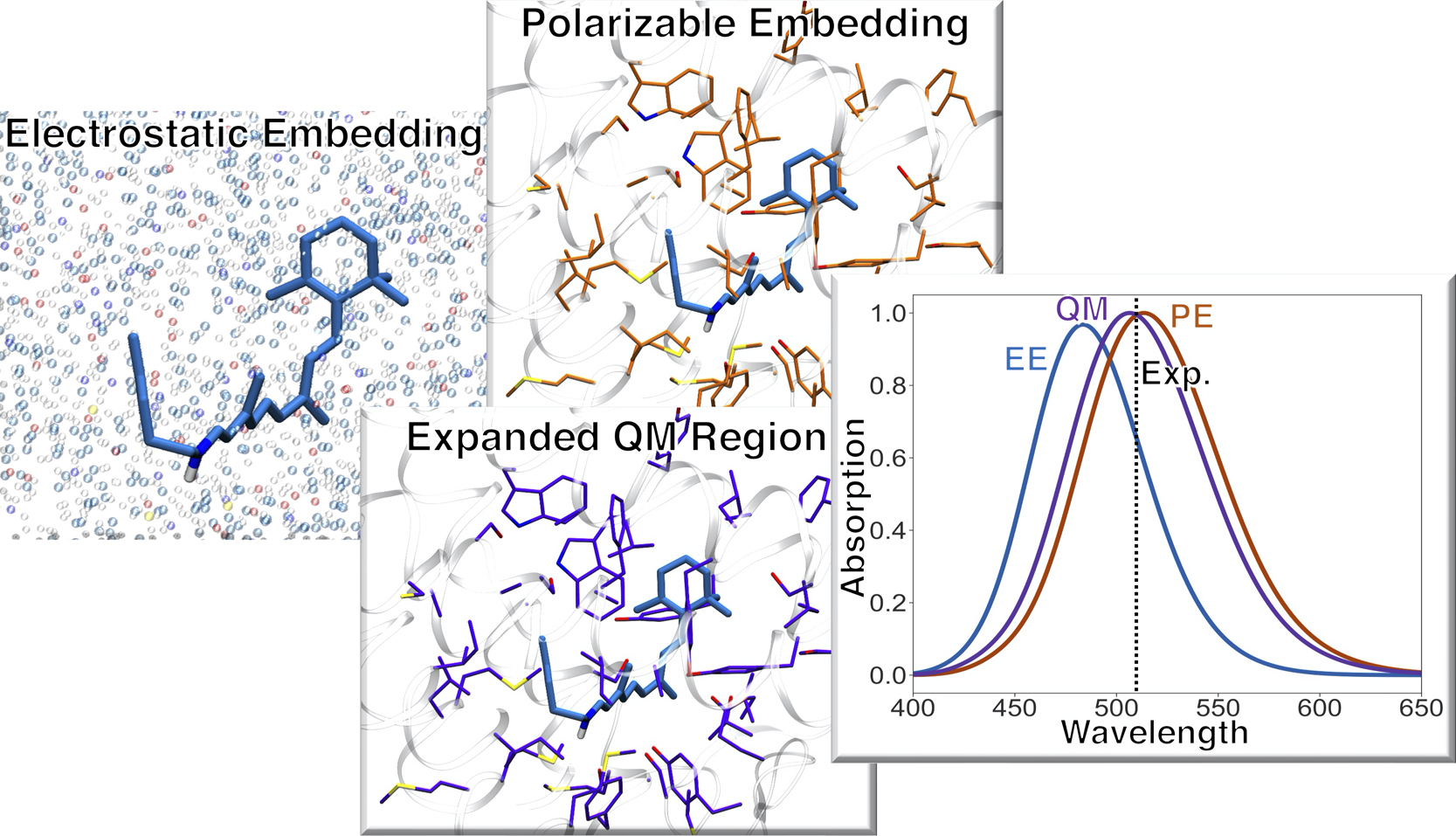男女共同参画学協会連絡会
支援企業による広告記事
- ソーラボジャパン株式会社
- CAD を使って光学装置を設計してみよう
- 「生物物理」2025年10月号
- ソーラボジャパン株式会社
- 次世代2光子顕微鏡―小型化がもたらす新たな可能性
- 「生物物理」2024年10月号
- ソーラボジャパン株式会社
- サイエンティフィックカメラと周辺機器の同期
- 「生物物理」2023年10月号
- ソーラボジャパン株式会社
- 顕微鏡のリノベーション ~ 顕微鏡ポートを活用した光学系の導入
- 「生物物理」2022年12月号
「Biophysics and Physicobiology」に Jonathan R. Church, Jógvan Magnus Haugaard Olsen, Igor Schapiro による "Induction effects on the absorption maxima of photoreceptor proteins" をJ-STAGEの早期公開版として掲載
2023年01月24日 学会誌
日本生物物理学会欧文誌[Biophysics and Physicobiology]に以下の論文が早期公開されました。
Jonathan R. Church, Jógvan Magnus Haugaard Olsen, Igor Schapiro
"Induction effects on the absorption maxima of photoreceptor proteins"
URL:https://doi.org/10.2142/biophysico.bppb-v20.s007
- Abstract
- Multiscale simulations have been established as a powerful tool to calculate and predict excitation energies in complex systems such as photoreceptor proteins. In these simulations the chromophore is typically treated using quantum mechanical (QM) methods while the protein and surrounding environment are described by a classical molecular mechanics (MM) force field. The electrostatic interactions between these regions are often treated using electrostatic embedding where the point charges in the MM region polarize the QM region. A more sophisticated treatment accounts also for the polarization of the MM region. In this work, the effect of such a polarizable embedding on excitation energies was benchmarked and compared to electrostatic embedding. This was done for two different proteins, the lipid membrane-embedded jumping spider rhodopsin and the soluble cyanobacteriochrome Slr1393g3. It was found that the polarizable embedding scheme produces absorption maxima closer to experimental values. The polarizable embedding scheme was also benchmarked against expanded QM regions and found to be in qualitative agreement. Treating individual residues as polarizable recovered between 50% and 71% of the QM improvement in the excitation energies, depending on the system. A detailed analysis of each amino acid residue in the chromophore binding pocket revealed that aromatic residues result in the largest change in excitation energy compared to the electrostatic embedding. Furthermore, the computational efficiency of polarizable embedding allowed it to go beyond the binding pocket and describe a larger portion of the environment, further improving the results.
URL: https://doi.org/10.2142/biophysico.bppb-v20.s007







